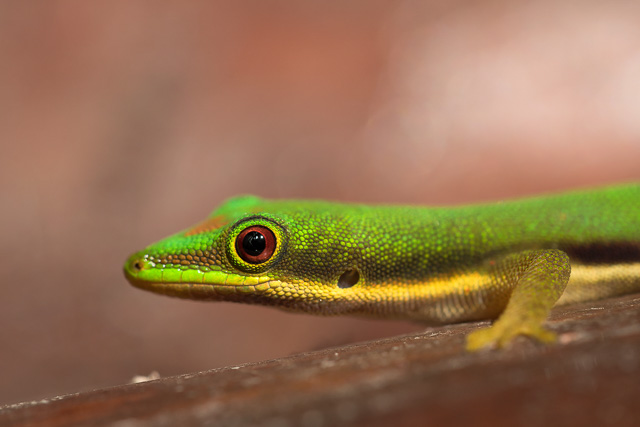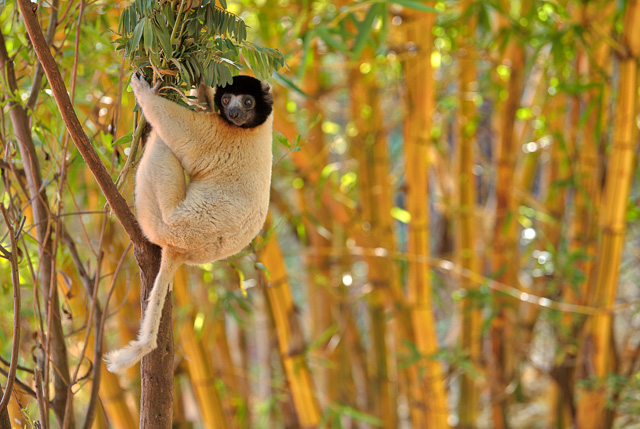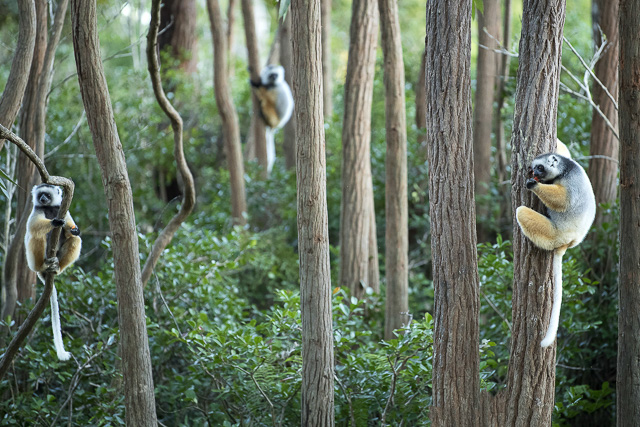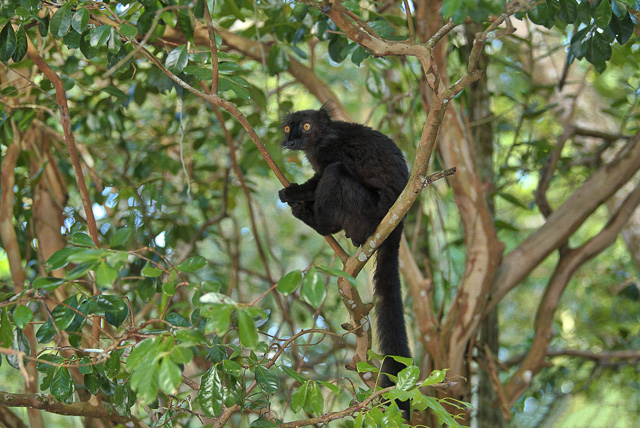About
Top Experiences
Type of Journey
Subscribe to newsletter and stay updated
Read about our travel expeditions, new destinations, new pictures, latest trip schedules
Founded in 1956, the Ankarana National Park is one of Madagascar’s oldest parks. Amber National Park is close to this Park. The name Ankarana originated from the locals that live next to the park– the Antankarana. In the Malagasy language, the word Antankarana means people from the rocks, referring to the rock nature of the Park area landscape. Ankarana National Park is one of the country’s few parks that are surrounded by beautiful rivers, offering a picturesque view. Stunning gorges that connect to the rivers and limestone rocks add to the beauty of the park. Plant species, including Adenia trees, peeling trees, and baobab trees, dot the Park, offering a great backdrop for photographs. Aside from the varied plant species, the park is home to a variety of wildlife, including several species of lemurs like the ring-tailed lemur.
OVERVIEW
Location: North Madagascar
Nearest Airport: Antisiranana airport
How to reach: 3 hours drive from Antisiranana airport
Famous for: Lemurs,
Reptiles,
Short hikes
Best time to visit: April to December
WHAT TO SEE
Ring-tailed lemurs, Verreaux’s sifaka and red-fronted brown lemurs
4 nocturnal lemur species, from sportive lemurs to mouse lemurs to woolly lemurs
80 resident bird species including many endemics, star attractions are Madagascar crested ibis, Benson’s rock thrush, Chabert’s vanga and Madagascar coucal,Madagascar sandgrouse
35 species of reptiles and many endemic frogs, particularly leaf-nosed snake
The rivers in the Park allows one to spot the Nile crocodiles, which inhabit the rivers, which is why visitors should be careful when crossing them. The Ankarana National Park has a rainfall of around 2000 millimeters attributed to the dense, large forests in the park.
The Park’s landscape is divided into two– the green dry forest and dry savannah landscape–each having different habitats. For instance, the former is thering-tailed lemur habitat along with 11 other lemur species, whereas the rest of the primates inhabit the savannah landscape. With hot temperatures in the Park, trekking is best done in the evening or morning to ensure minimum perspiration.
Numerous animals can be found in the national park, which visitors can view as they explore the area. The Park has a recorded number of 11 lemur species, including the Verreaux Sifaka (aka dancing lemur), 96 bird species, and several snakes and bats.

Most of the Park’s wildlife, like the ring-tailed lemur and its relatives, are endemic to the Island of Madagascar. The reserve boasts one of the highest density of primates in any forest in the world. The dense forests of the national park support the least disturbed and the largest population of the crowned lemurs.
Aside from them, visitors can often spot Verreaux Sifaka (dancing lemur), ring-tailed mongoose, perrier’s black lemur, Sanford’s brown lemur, fossa, tenrecs, dwarf lemurs, Madagascar striped civet, and northern sportive lemur.
Cohabiting the Park along with the lemurs are 100 bird species, 10 frogs, and 50 reptiles that include some endemic and threatened geckos and snakes. Ankarana National Park is home to the spectacular and massive labyrinth of caves. These caves are home to 14 bats, local endemic blind shrimps, and cave-living crocodiles, one of its kind in the world. Among the reptile population of the Park are day geckos, golden hook nose snakes, Henkel’s leaf-tailed geckos, and the rare panther chameleon. Swarms of bats and flying foxes swoop in the darkness during the night.

Hiking trails
The Big Tsingy Ankara
One of the most frequented trails during a hike in the forest, the big Tsingy Ankara offers a great view of the forest, including the caves and the suspension bridge. It also allows visitors to spot lemur species like Verreaux Sifakaand various birds and reptile species. After a long hike, the trail is the perfect spot for a picnic. However, be wary of stones that are sharp enough to cut one. Hiking in big Tsingy will take visitors for about an hour. However, it is possible to take the whole hike in two days.

The Tsingy Rouge
Found between Diego Suarez and Ankara National Park, the Tsingy Rouge is different from the rest of Tsingy. They are comparatively sharper, especially at the edges. The rouge was formed due to an erosion that left behind stones of colors varying between vanilla and reddish-brown. An hour of traversing on the trail offers the breathtaking view of limestone rocks, where it is possible to take close up pictures of the trail and its surroundings.

The Small Tsingy Ankara
The small Tsingy Ankara route is the shorter route of the three and commonly used for hiking. The trek starts at a flat surface, but as it passes through a small part of the Park, one would need to climb over the stones. During a visit to the caves during the climb, different species of birds, bats, and lemur, like thering-tailed lemur, can be seen along with the scenic beauty of the Park.